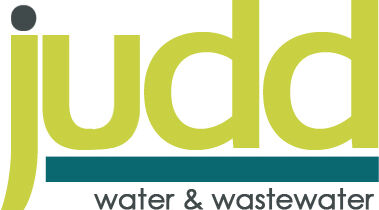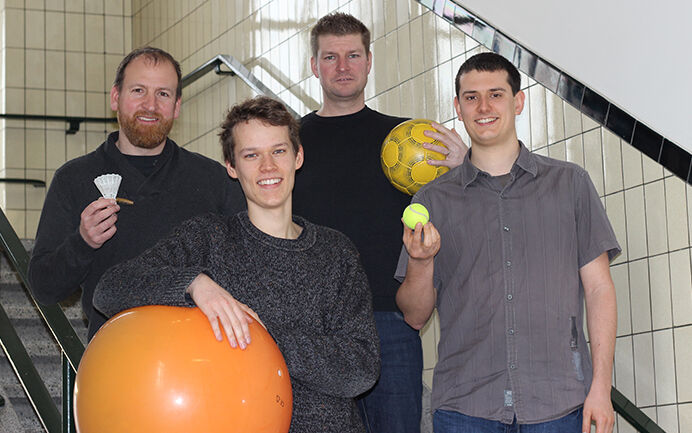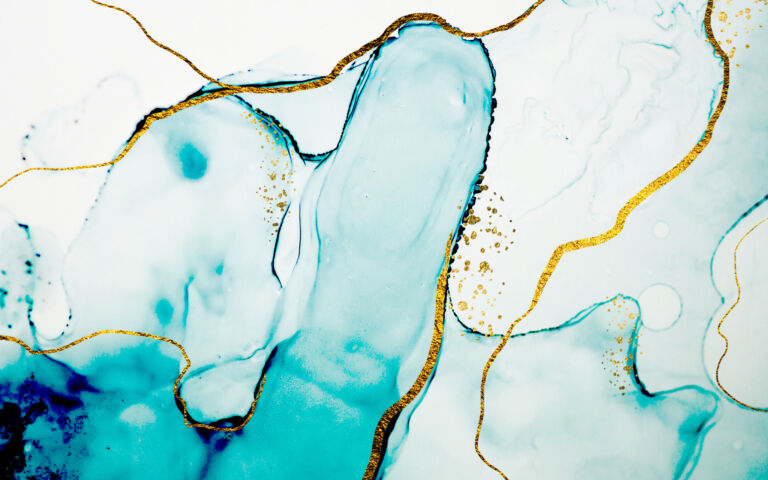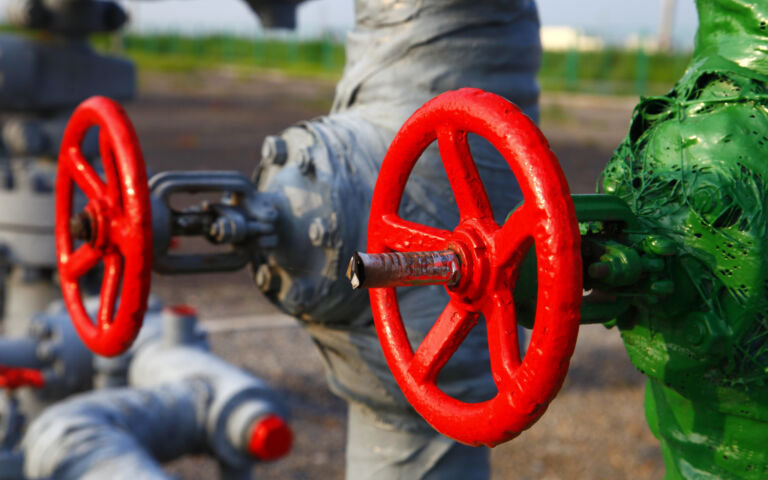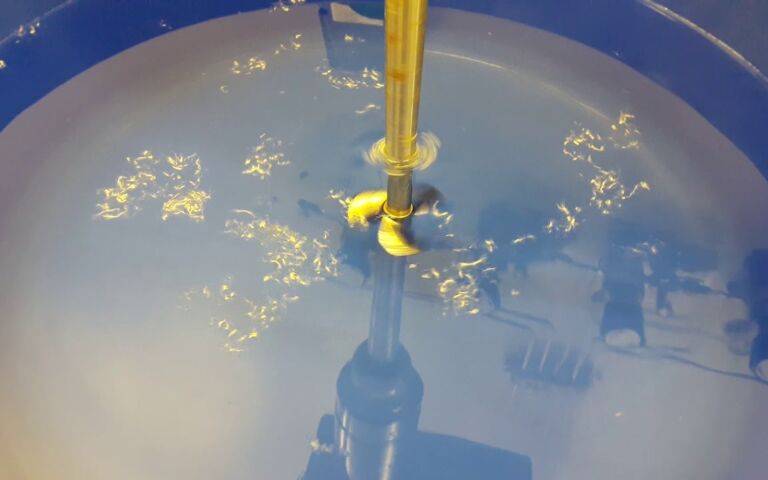Membrane integrity

The ‘integrity’ of a membrane refers to its ability to sustain the rejection of the target pollutant. It is generally assumed that an undamaged (or ‘unbreached’) membrane provides 100% rejection of those microorganisms having a size substantially larger than the membrane pores (which has implications for smaller microbes such as viruses). If, however, the membrane is damaged (i.e. its integrity reduced) then there is a risk of reduced pathogen rejection.
Membrane integrity monitoring can either be through an offline test which directly measures the membrane mechanical integrity, or on-line ('indirect' testing) through monitoring the permeate quality using an appropriate surrogate. The offline test widely employed in potable water membrane filtration is the pressure decay test (PDT), in which air is introduced at pressure into the membrane and the rate of pressure loss with time (the pressure decay rate, PDR) equated to the extent of the breaches. The most convenient indirect on-line test is through permeate turbidity monitoring.
The application of the PDT to an MBR is challenged by three practicalities which effectively preclude its use for this duty:
- Removal by an MBR is not exclusively by size exclusion, such that breaches in the membrane do not necessarily impact on performance if there is substantial removal by adsorption.
- The pressures applied in conducting the PDT cannot be tolerated by some commercial MBR membranes.
- The correlations developed between the PDR and the pathogen rejection, defined as the log removal value LRV (the log of the ratio of feed to permeate pathogen concentration), do not appear to be valid when applied to MBR technologies.
- Similar PDR:LRV correlation determined for experimental MBRs do not appear to be valid at full scale.
On-line permeate turbidity monitoring appears a more reliable method for assessing integrity, and has been shown to be sufficiently sensitive to detect deteriorations in contaminant rejection down to permeate turbidities as low as 0.2 NTU. Turbidity measurements are, however, subject to interference by suspended air, which can precipitate from solution on the permeate side of the MBR membrane. However, refinements to the design and instrumentation of turbidity meters continue to be made, and a number of studies using alternative spectroscopic methods (such as UV and fluorescence) have also been encouraging.
Issues with MBR membrane integrity, i.e. actual failures of the membrane in full-scale applications, were more common in the early years of MBR technology implementation. In the past there have been challenges with:
- breakage of the permeate extraction nipples of rigid panels of flat sheet membranes
- detachment of membranes from the backing plates of rigid panels
- breaches of hollow fibres close to and within the pot of the membrane modules due to mechanical stress, and
- delamination of membranes from the central woven core of some hollow fibre products.
These issues appear to have become less prevalent as changes in membrane module design coupled with improvement in the manufacturing process for both the membrane and module have taken place. Ceramic membranes do not appear to be subject to the same mechanical failures modes as polymeric membranes, though they can be damaged through abrasion by hard particles.




